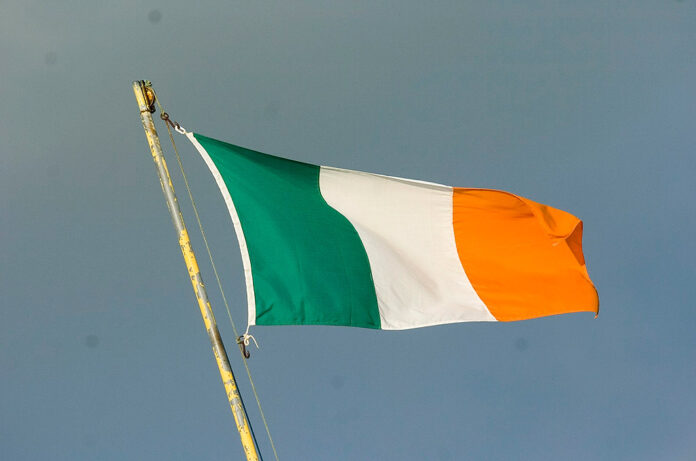SHANNON historian Gearóid Ó Faoleán has written a sequel to his 2019 book on support for the IRA in the Republic during the Troubles.
A Broad Church: The Provisional IRA in the Republic of Ireland, Volume 2: 1980-1989 was released earlier this month. “I did the 70s the last time and the book finished off at 1980, so it’s just continuing. Also, with the 30 year rule you couldn’t even do the 90s yet, you’d have to wait until 2029 to get those details,” says Gearóid.
Now based in Belfast, he works in publishing, with the new book having been written as a side project. “Lockdown was about a year after the first book came out. Everyone had spare time so I kicked off again.”
The true extent of support for the Provos south of the border in the 1980s is hard to quantify, he believes. “It was much harder to tell than in the 70s. By the time you’d hit the 80s you’d have had over a decade of the Troubles and of Garda behaviours that would have made it unwise to be publicly supportive. It’d have been very different to 1971 or 1972.”
There was some very clear evidence of support, with anti H block candidates being elected in a 1981 general election, while he says even in Clare a candidate standing on that platform got a respectable vote. Men from the Republic continued to join the Provos at a fairly steady rate, he believes. “I don’t think it slowed down really, it would have been pretty consistent with the 70s apart from the spurt after Bloody Sunday. But what they weren’t doing anymore was they weren’t going up to the border, which they would have done in the early 70s. They were either just involved in activity in the South or going over to England.”
Fundraising through crime in the South was important to the IRA and it had to change in the 80s. “By the late 70s you had an armed robbery more than every second day. By the early 80s there was increased security, alarms, timelocks on safes, Garda escorts of pay packets, so it became much more dangerous to do armed robberies so they moved to bigger operations that would generate more money. Things like kidnapping Shergar and Ben Dunne and so on.”
When he examined the decade he said it was notable that Sinn Féin’s stock was rising within Republicanism, with disdain for conventional politics melting away. “What was noticeable was the big shift in the power dynamic between Sinn Féin and the IRA. Before that Sinn Féin was the poor relation. By the time you get to the end of the 80s, here was a northern leadership. In the 70s it had been more across the country.”
Was there a class divide around support for the IRA? “Not from the people I spoke to. I spoke to people in the 80s who said that when there were people with stress problems or PTSD, there were psychologists who were sympathetic to help. There was middle class support all along. People who wouldn’t vote for Sinn Féin, but for family reasons or some other reasons they were supportive or at least sympathetic to the IRA at the same time.”
At the same time, support for the IRA was very much a minority activity, with a large degree of apathy across the Republic. “In the 80s people had their own problems in the South, it was the worst decade economically since the 50s. There was emigration and so on. Except when it flared up like with the Hunger Strikes or the extradition issue, or it happened in your locality like when Dominic McGlinchey was arrested in Newmarket, it was just something people glanced at.”
Throughout the decade the IRA were more selective about who could join and once people were in they were told to keep their membership very quiet. “The IRA really restricted the people who could join. They didn’t need the big numbers of the 70s because of their restructuring. If you were interested in joining, you’d be told don’t be seen singing Republican songs, don’t go to commemorations, don’t associate with Republicans. Then you had people arrested from the England department, the term used was lillywhites, they hadn’t appeared on the Garda radar before they were arrested in England. There was a big change in their internal security practices in the 80s.
“You had your known Republicans and it suited the IRA to have middle aged or older fellas as the public face of it in the South, so the younger ones weren’t on the Garda radar.”
While it may be hard to know what level of support there was for the Provos, could it have been as high as 10%? “There’s a big spectrum that ranges from toleration to active support. Active support, maybe 10% or less, but for it to continue to exist all that was required was for people to tolerate it. I think that’s a higher number, I don’t think they could have had the intensity of their activity and such a long duration without a higher level of tolerance.”
Owen Ryan has been a journalist with the Clare Champion since 2007, having previously worked with a number of other publications in Limerick, Cork and Galway. His first book will be published in December 2024.


